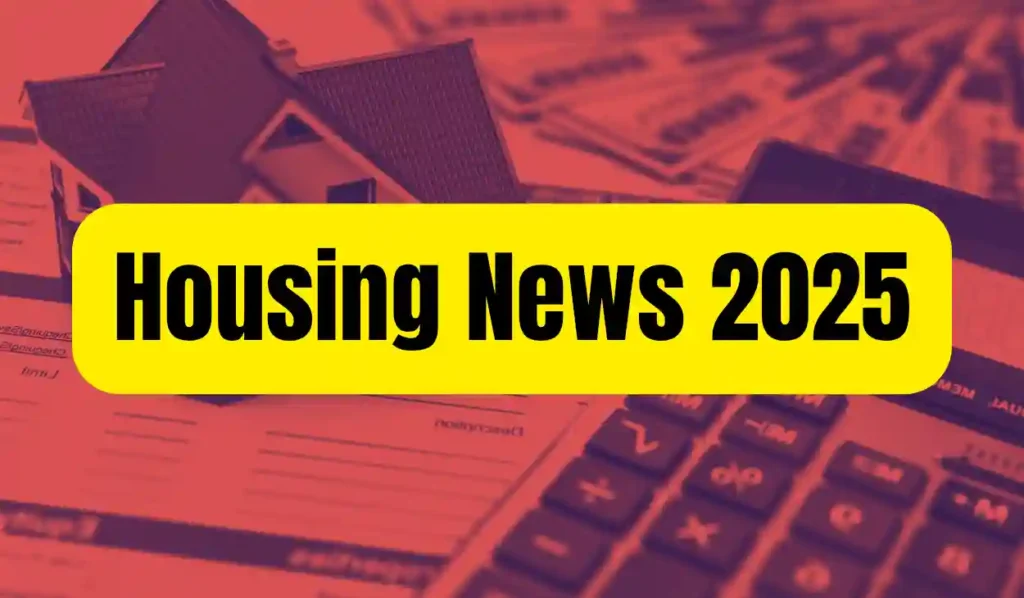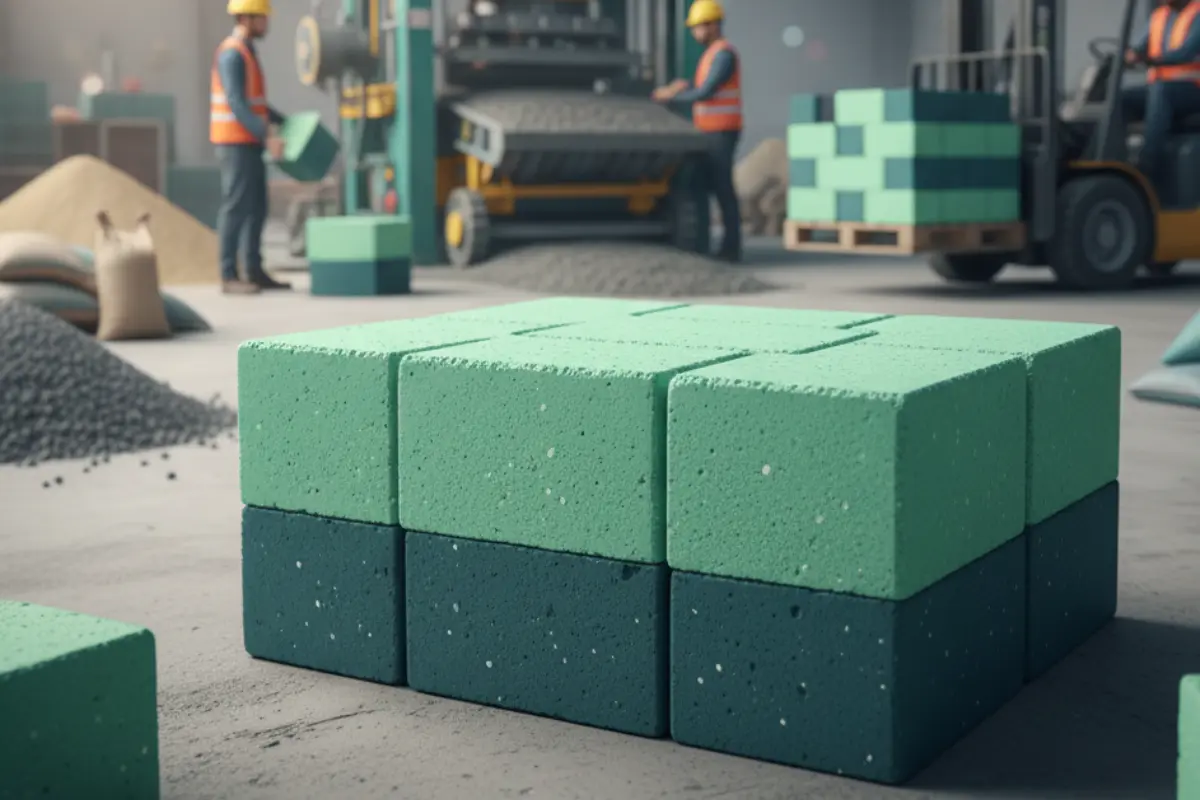Table of Contents
Decline in Housing Completions

The supply of homes in the U.S. has been struggling to keep up with the growing demand. Recently, housing completions in the country have dropped from a peak of 1.763 million units annually in August to a recent low of 1.544 million units. This decrease is expected to continue, with projections suggesting that the number of homes completed will fall below 1.45 million. As of the end of last year, the number of homes under construction stood at 1.431 million.
The Impact of Housing Completion Shortage
This downward trend in housing completions highlights the ongoing issues within the U.S. housing market. Despite the demand for homes being at an all-time high, the country is facing an inadequate supply of both new and existing homes. This imbalance is becoming a bigger challenge for many prospective homeowners.

Housing Completions vs. Housing Starts
Housing starts, which are often used to gauge economic health, may offer some insight into the bigger picture of U.S. economic trends. However, housing completions provide a clearer view of the difficulties homeowners and buyers are facing today. With so many people looking for homes, the shortage is causing frustration and concern across the market.
Historical Comparison: Housing Completions
When we look at housing completions from a broader historical perspective, they may seem decent. For example, 1.544 million completions is higher than the average of 1.281 million seen over the last quarter-century. However, given the population growth and changing needs of the U.S. housing market, experts suggest that the country needs closer to 2 million housing completions each year to meet demand.
Currently, the U.S. housing market is short by more than 3 million units. This is largely due to the mismatch between the number of homes being built and the number needed to meet the rising demand from people looking for places to live.
Homeowners Reluctant to Sell
A significant factor contributing to the housing supply shortage is the number of homeowners who are reluctant to sell their properties. During the pandemic and in the years before, many homeowners locked in low mortgage rates. Today, nearly 73% of all mortgages have interest rates of 5% or lower, making it less appealing for these homeowners to sell and move to a new property. With mortgage rates climbing higher, many are choosing to stay put, further tightening the available housing supply.
Effects on the U.S. Housing Market
As a result, the housing market is not functioning in a way that can meet the growing demand. Even though there are plenty of people looking to buy homes, the lack of available properties is creating a bottleneck. Builders are struggling to catch up with the demand, and this trend is likely to persist in the coming months.
Broader Economic Implications
This housing supply shortage is not just a challenge for potential buyers but also has broader implications for the U.S. economy. With limited options on the market, prices for homes are rising, making homeownership even less attainable for many. The situation is also affecting renters, as rising home prices and a lack of supply are contributing to higher rental rates.
Conclusion: What’s Next for U.S. Housing?
In conclusion, the housing news in the USA points to a growing issue: a mismatch between the supply of homes and the demand for them. With housing completions falling short of what’s needed, the country is facing a significant shortage that is expected to persist. As mortgage rates remain high and many homeowners stay put, it’s unclear when this imbalance will be resolved. For now, the U.S. housing market is likely to remain a challenging landscape for both buyers and renters.
-
The Ultimate Guide to Precast Drain and U-Drain Systems: Efficiency in Modern Drainage

The Ultimate Guide to Precast Drain & U-Drain Systems | RCC Explained. Discover the benefits of precast drain and U-drain systems. Learn about RCC drain strength, installation, types, capacity, and how they prevent flooding. Your complete drainage guide. The Ultimate Guide to Precast Drain and U-Drain Systems: Efficiency in Modern Drainage Imagine a heavy downpour.…
-
Drywall Partition | Types, Construction & Cost-Saving Tips 2025

Drywall Partition Guide: Types, Construction & Cost-Saving Tip Discover what a drywall partition is, its benefits, and how it’s built. Learn about different drywall sheets, fixing issues like bubbles, and get free construction tools. Drywall Partition: The Ultimate Guide to Modern, Flexible Walls If you’re planning an office renovation, dividing a large room in your…
-
Concrete Paver Block Manufacturing Process: A Step-by-Step Guide

The Concrete Paver Block Manufacturing Process: A Step-by-Step Guide Discover the complete concrete paver block manufacturing process. Learn about raw materials, color mixing ratios, machinery, and quality control. Perfect for builders & DIY enthusiasts.** The Complete Concrete Paver Block Manufacturing Process: From Raw Material to Finished Product If you’ve ever walked on a beautiful driveway,…

Hi! I’m Sandip, a civil engineer who loves sharing about Civil Engineering & new ideas and tips. My blog helps you learn about engineering in a fun and easy way!
